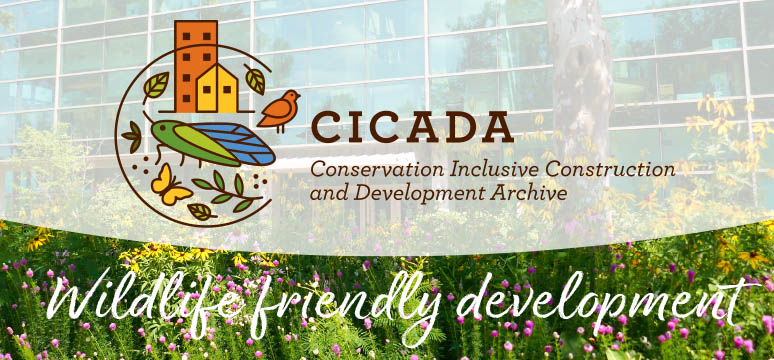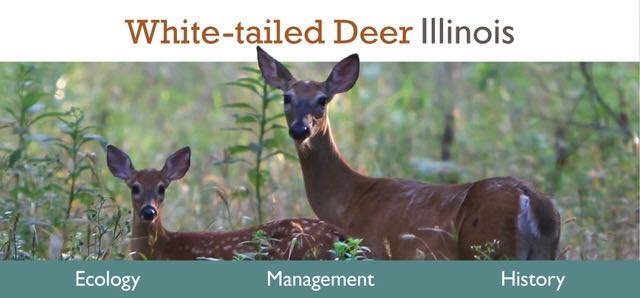

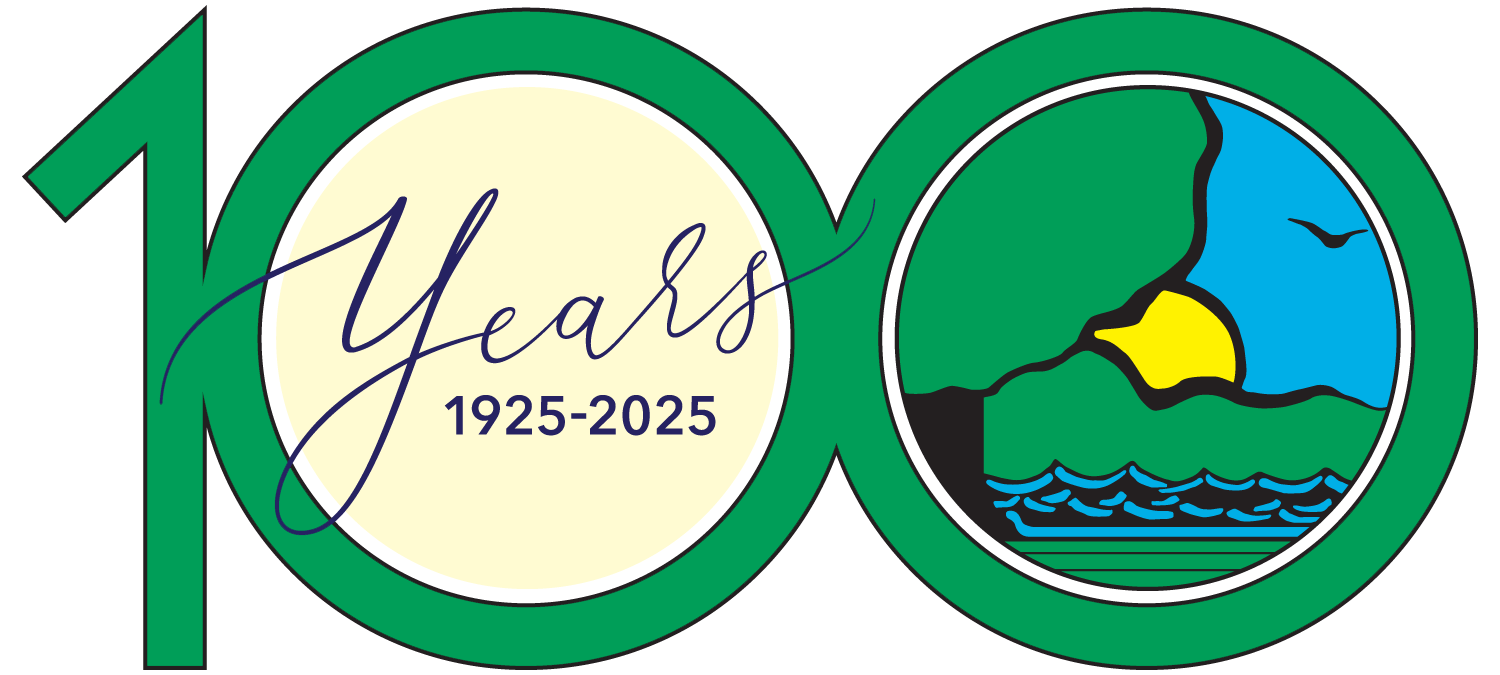
Research
Filter by Tags:
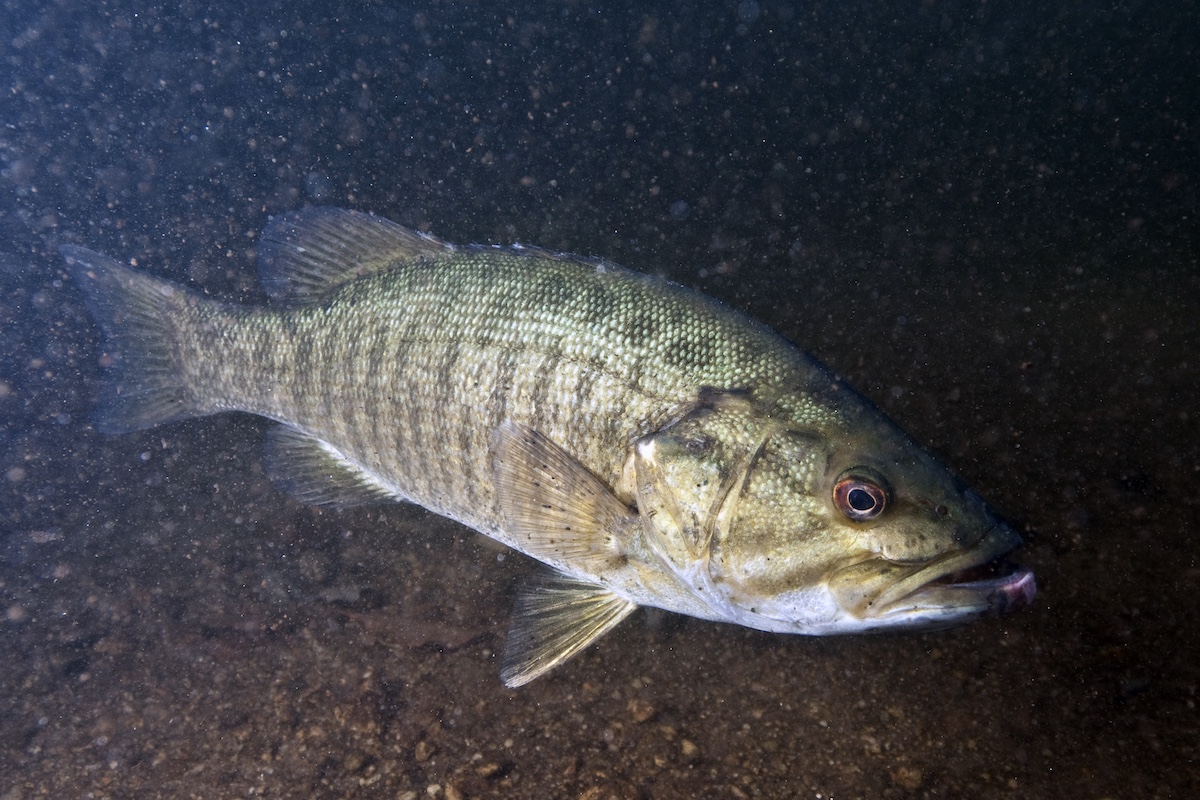
Using Long-term Data to Improve Sportfish Monitoring in Illinois Rivers
Research | Fish | Fishing | Research | Rivers and Lakes
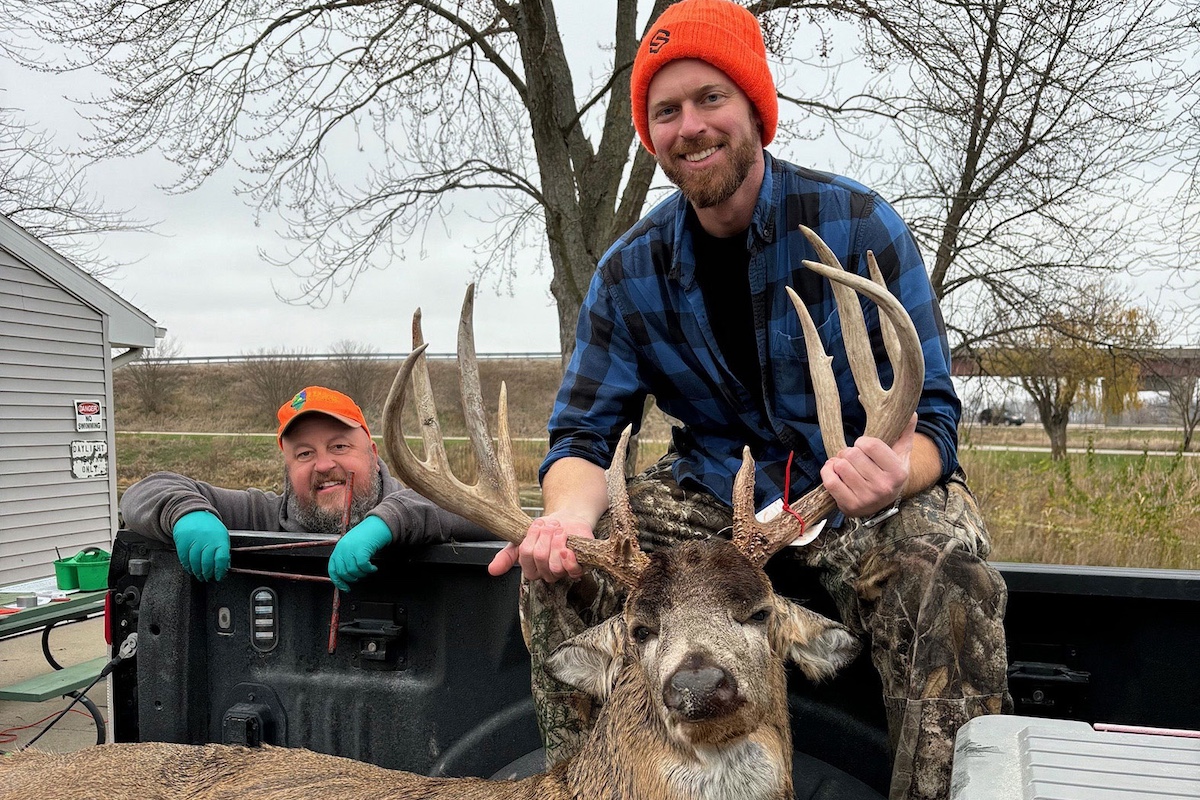
Chronic Wasting Disease Surveillance in Illinois – Fall 2025 and Beyond
Research | Wildlife Health
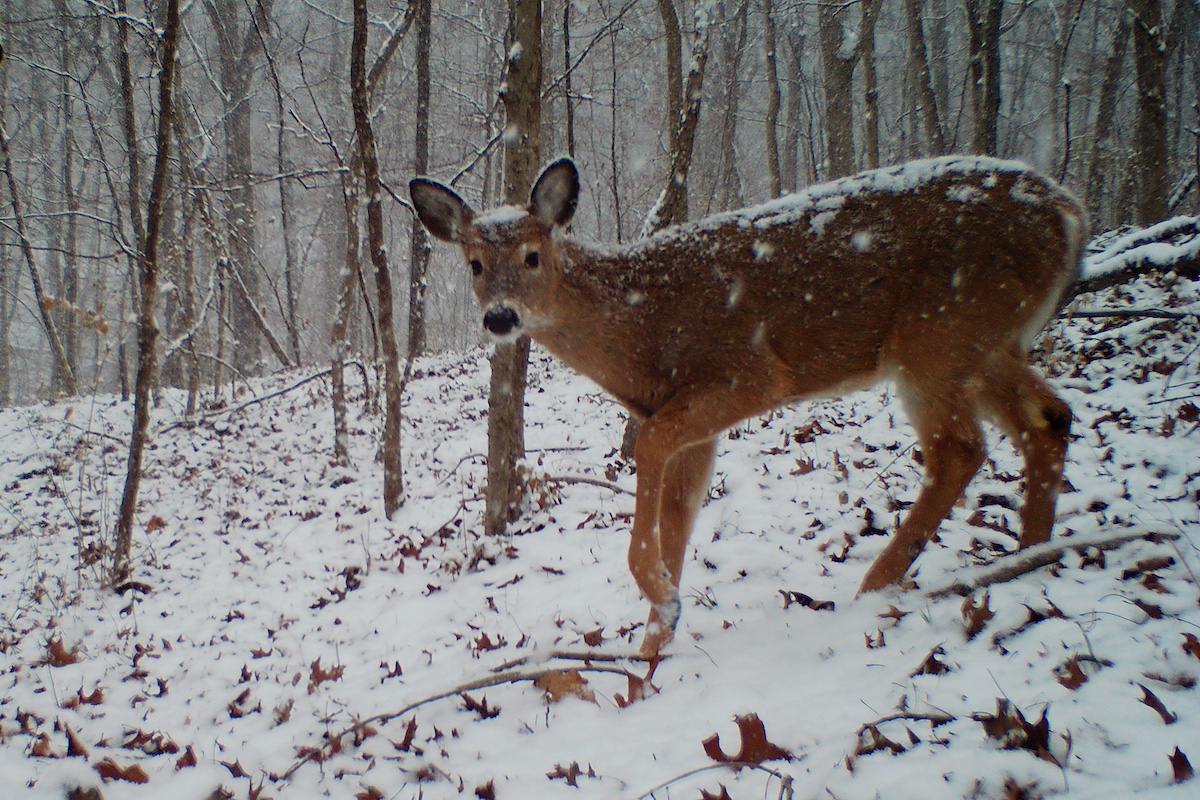
Caught on Camera
Research | Research | Wildlife
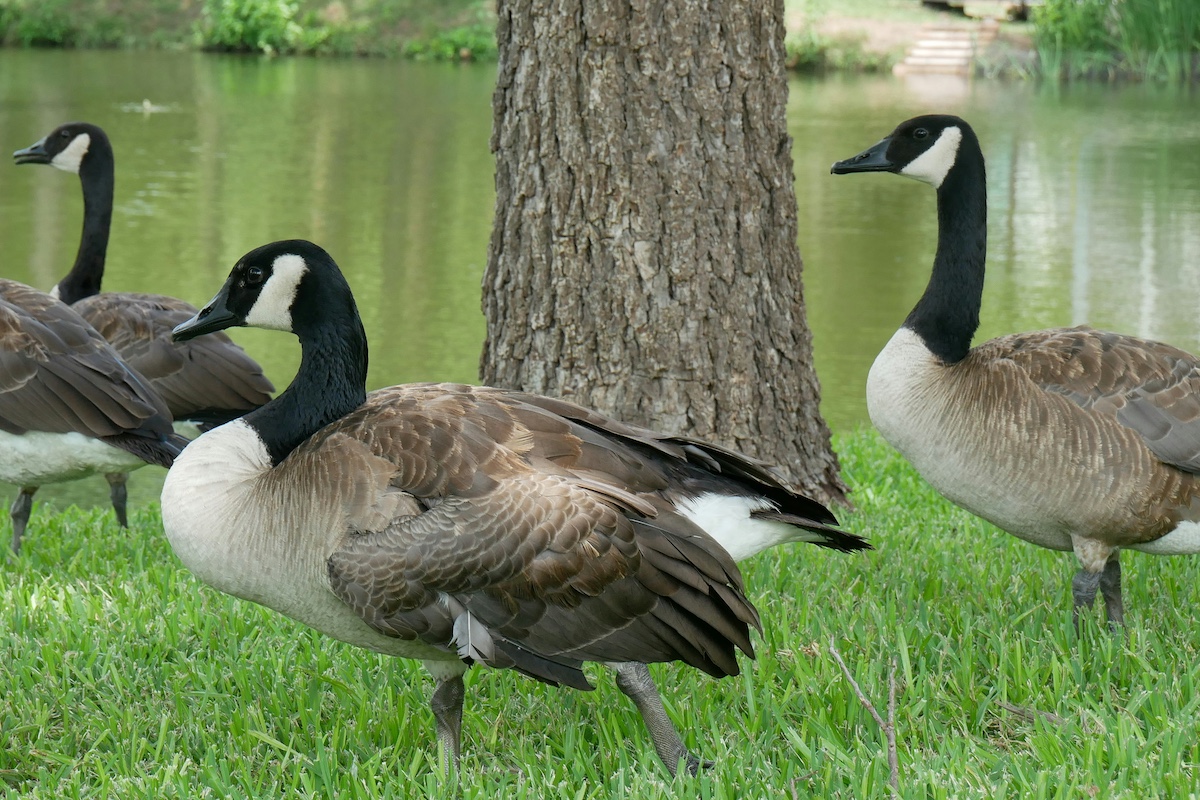
Everyone Poops: The role of Canada geese in transporting bacterial communities
Research | Birds | Disease Managment | Waterfowl
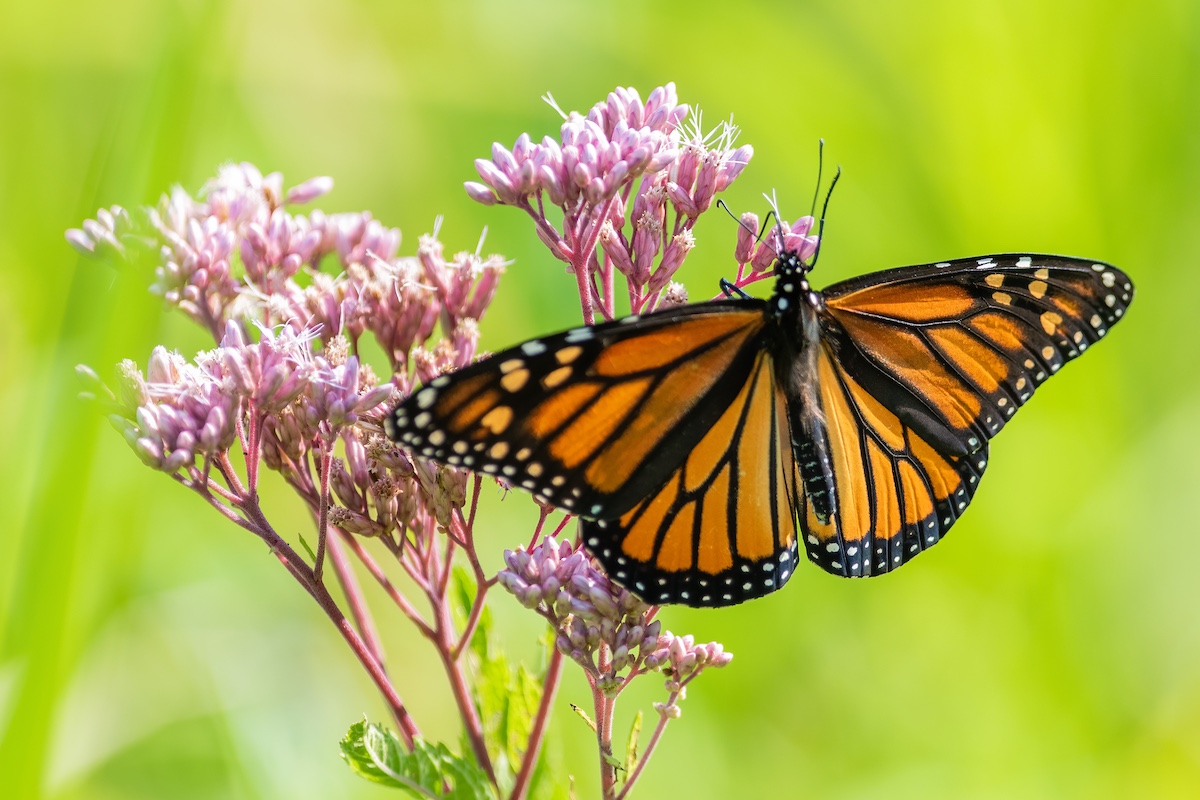
Living with Wildlife in Chicago’s Backyard: What 25 Years of Research Tells Us
Research | Research | Urban Wildlife
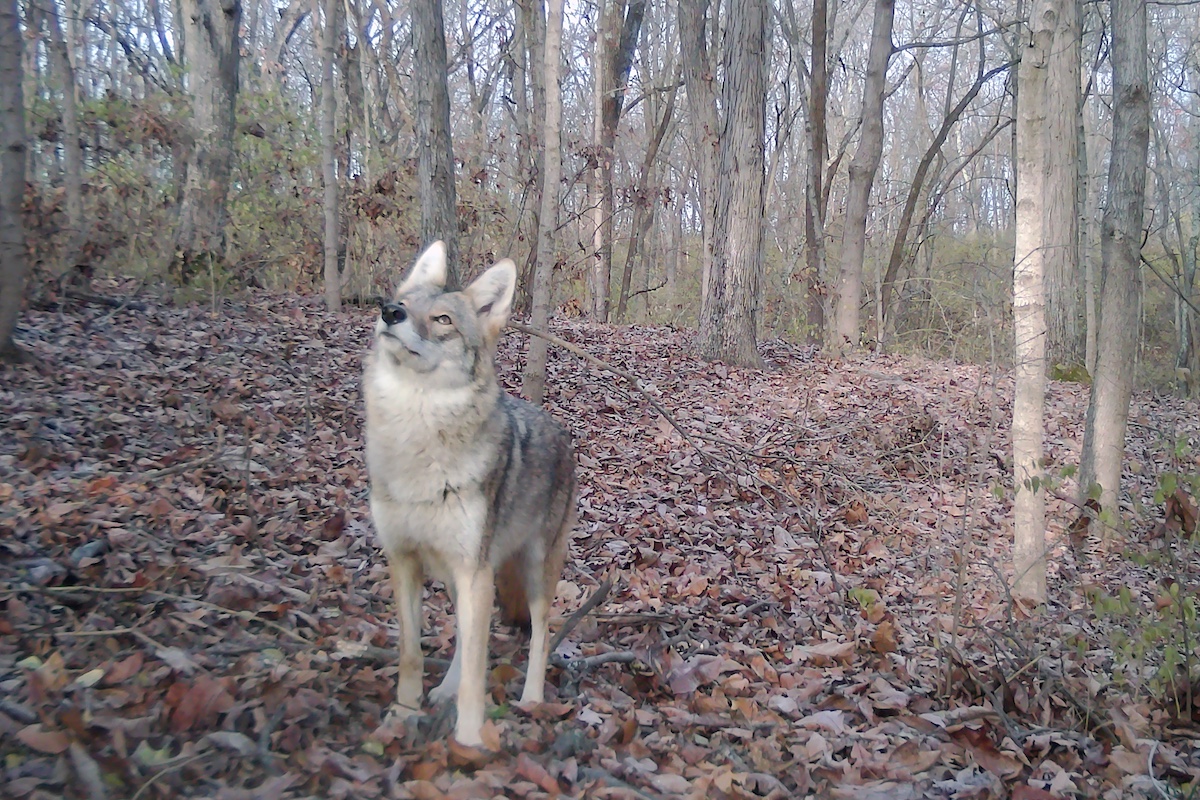
Timing is everything: How habitat, humans, and coyotes influence mammal behavior
Research | Mammals | Wildlife Pick

A Collaborative Effort to Test a New Tool for Invasive Carp Control
Research | Fish | Habitat Management or Enhancement | Invasive Species
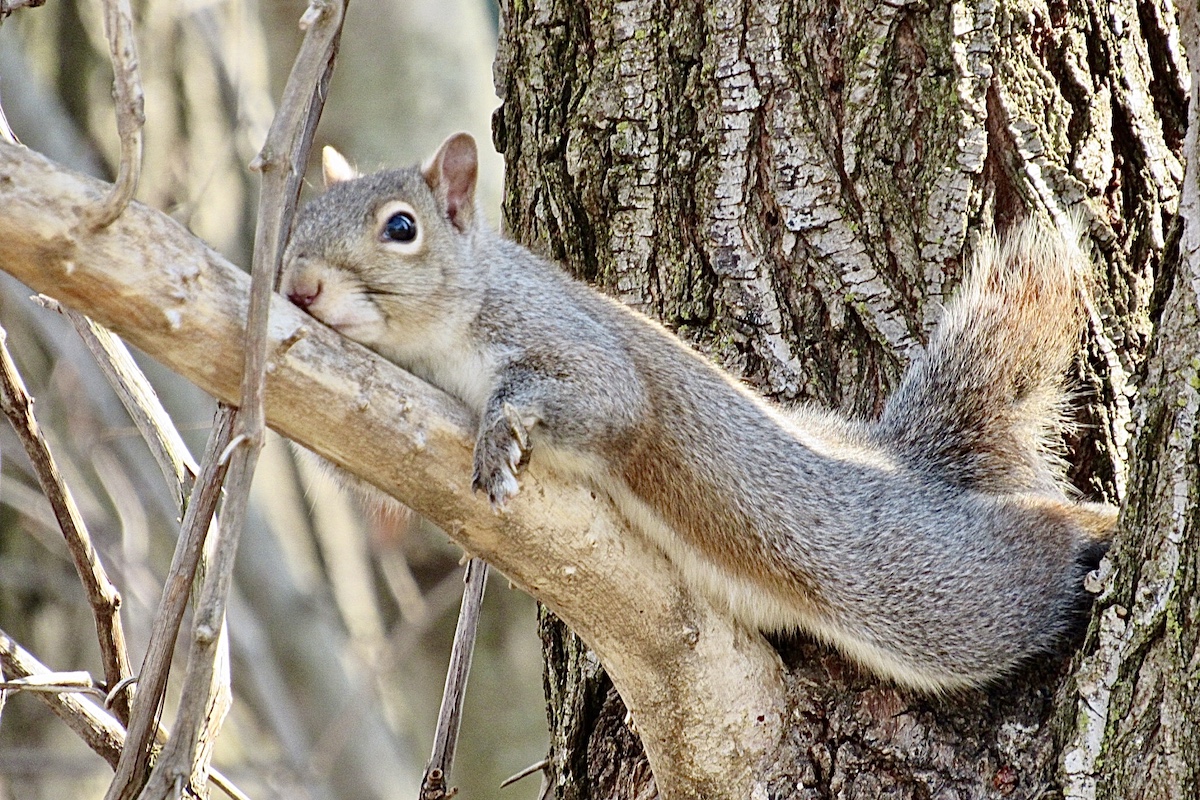
Squirrels Just Wanna Have Forest Paths: How Land Cover Shapes Genetic Diversity
Research | Habitat Management or Enhancement | Mammals

IDNR Announces New Detection of CWD in Four Additional Illinois Counties
Research | Wildlife | Chronic Wasting Disease | Deer | Disease Managment | Diseases | Wildlife Health

You Can Contribute to a Study on Bass Movements in Chicago
Research | Research

Finding the Elusive Salamander Mussel Alive in Illinois After a Century in Obscurity
Aquatic Organisms | People | Research | Endangered and Threatened Species | Mussels | Research | Rivers and Lakes

Plant and Bird Responses to Bison Grazing at Nachusa Grasslands
Land | Research | Wildlife | Habitat Management or Enhancement | Mammals | Places to Visit | Prairie or Grassland

The Silent Trespasser: How Herbicide Drift is Threatening Illinois’ Wild Landscapes
Land | Research | Habitat Management or Enhancement | Plants

Why Are Deer So Successful in Illinois?
Recreation | Research | Wildlife | Deer | Hunting | Research | Wildlife Pick

Nuts and Niches: How Two Illinois Squirrel Species Share the Landscape
Land | Research | Wildlife | Mammals | Research

Wildlife Research News
Research | Wildlife | Amphibians | Birds | Climate Change | Deer | Research

Can They Hack It? A Decade of Efforts to Re-Establish Osprey in Illinois
Research | Wildlife | Birds | Osprey | Population Successes | Research | Wildlife Health

Black Carp in Illinois: An invasive threat to native ecosystems
Aquatic Organisms | Recreation | Research | Fishing | Habitat Management or Enhancement | Rivers and Lakes

Bats Go Where the Trees Are in Cities
Land | Research | Wildlife | Bats | Mammals | Research

An Unexpected Visitor: Genetics reveal unanticipated roost use by hoary bat
Research | Wildlife | Bats | Mammals

